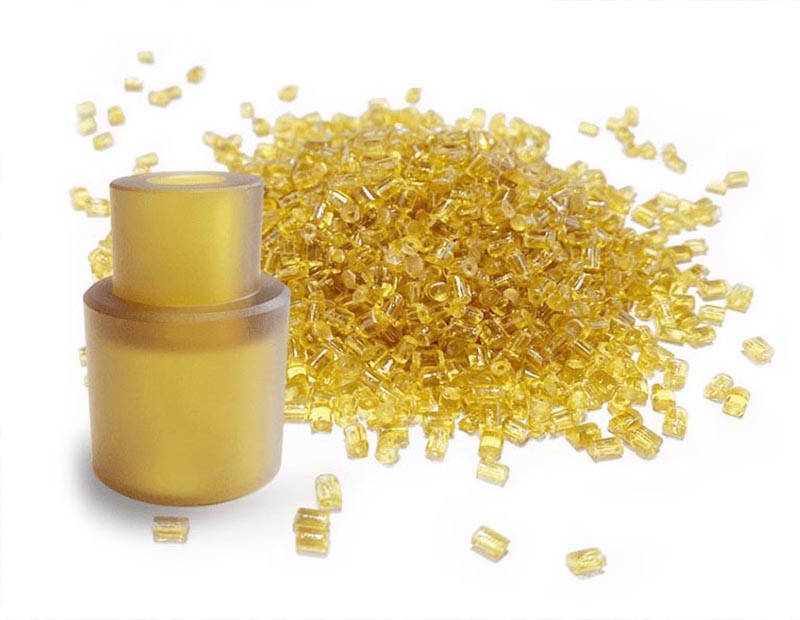Polyetherimide (PEI) resin is a high-performance thermoplastic known for its exceptional mechanical, thermal, and chemical properties. One of the standout features of PEI Resin is its inherent flame-retardant characteristics, making it a preferred choice in applications where fire safety is paramount. This article explores the flame-retardant properties of PEI resin and its compliance with safety standards across various industries.

1. Inherent Flame-Retardant Characteristics
PEI resin possesses excellent flame-retardant properties without the need for additional flame-retardant additives. This is primarily due to its chemical structure, which includes rigid imide linkages that contribute to its thermal stability and resistance to combustion. Key characteristics include:
Self-Extinguishing Behavior: When exposed to flame, PEI resin tends to self-extinguish once the ignition source is removed, significantly reducing the risk of fire spread.
High Limiting Oxygen Index (LOI): PEI typically exhibits a high LOI, often above 30, which indicates that it requires a higher concentration of oxygen to sustain combustion compared to many other polymers. This property helps prevent ignition in low-oxygen environments.
Low Smoke Emission: During combustion, PEI resin produces minimal smoke and toxic fumes, which is crucial for maintaining safety in confined spaces and reducing hazards during fire incidents.
2. Compliance with Safety Standards
Compliance with safety standards is critical for materials used in applications where fire safety is a concern. PEI resin meets or exceeds various international safety standards, making it suitable for use in numerous industries:
UL 94 Standards: The Underwriters Laboratories (UL) 94 test evaluates the flammability of Plastic Materials. PEI resin often achieves ratings of V-0 or V-1, indicating its ability to self-extinguish within a specified time when exposed to a flame. This rating is essential for components used in consumer electronics, automotive, and industrial applications.
IEC 60707: This standard assesses the flammability of materials used in electrical and electronic devices. Compliance with IEC 60707 ensures that PEI resin can safely be used in environments where electrical components are at risk of ignition.
NASA-STD-6001: In aerospace applications, compliance with NASA standards is critical. PEI resin meets the stringent requirements for flammability, ensuring the safety of components used in spacecraft and aircraft.
RoHS Compliance: While not directly related to flame retardancy, compliance with the Restriction of Hazardous Substances (RoHS) ensures that PEI resin is free from harmful chemicals, making it safer for both users and the environment.
3. Applications in Fire-Sensitive Environments
The flame-retardant properties of PEI resin make it suitable for a variety of applications, particularly in industries where fire safety is critical:
Aerospace: Components such as brackets, housings, and insulators benefit from PEI's flame-retardant characteristics, ensuring safety during flight operations.
Automotive: In automotive wiring and interior components, PEI resin provides protection against fire hazards, contributing to overall vehicle safety.
Electronics: PEI resin is widely used in circuit boards and connectors, where the risk of ignition is a concern, ensuring reliability and safety in electronic devices.
Medical Devices: PEI's flame-retardant properties are also valuable in medical applications, where sterilization and safety standards must be met.
The inherent flame-retardant characteristics of PEI resin, combined with its compliance with various safety standards, make it a superior choice for applications where fire safety is crucial. Its self-extinguishing behavior, high limiting oxygen index, and low smoke emission properties significantly enhance user safety in diverse industries, including aerospace, automotive, electronics, and medical devices. As fire safety regulations continue to evolve, PEI resin will remain a vital material in ensuring reliable performance and safety in demanding environments.






